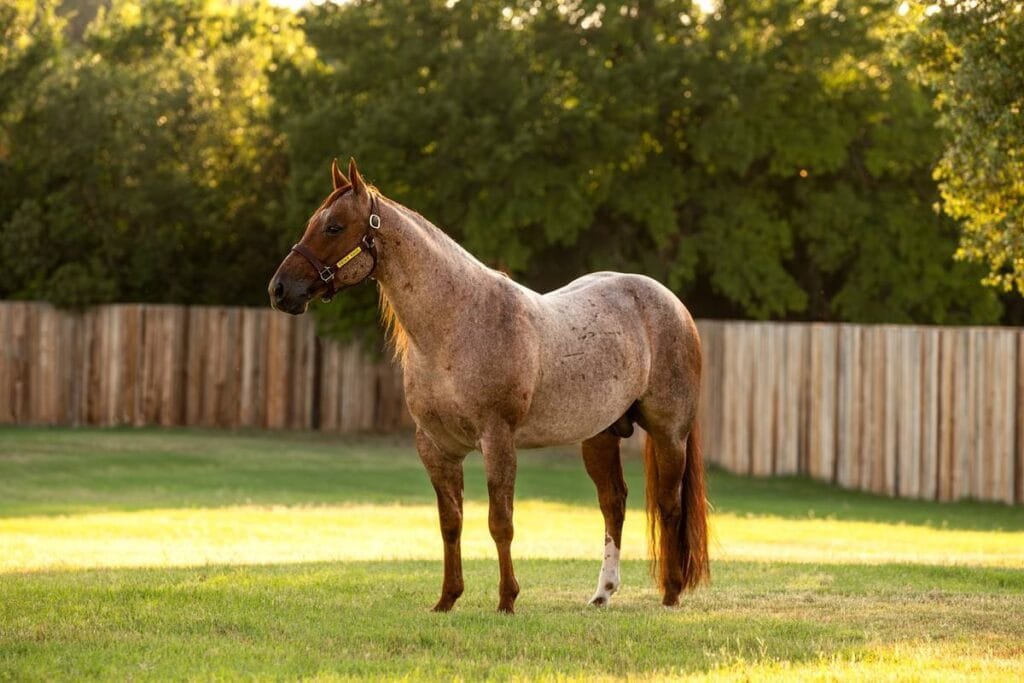Breed of small horse that have roamed the rugged Dartmoor National Park in Devon, England, for centuries.
are more than just a breed of horse; they are a living symbol of the Dartmoor region’s rich history and natural beauty. Their resilience and charm make them a cherished part of British heritage, and their ongoing preservation is a testament to the importance of maintaining our cultural and natural landscapes.
A Brief History
Dartmoor ponies have a long and storied history. Archaeological evidence suggests that their ancestors have lived in the Dartmoor region for over 3,000 years. These ponies were originally used for carrying goods and for working on farms due to their strong build and sure-footedness. Over time, their role in agriculture diminished, but they remain a vital part of the Dartmoor environment.
Feature details
| Feature | Details |
|---|---|
| Origin | Dartmoor, Devon, England |
| Size | Small to medium; typically around 12.0-12.2 hands (48-50 inches) tall |
| Weight | Approximately 400-600 pounds (180-270 kg) |
| Build | Compact and sturdy with a strong, muscular body |
| Coat Colors | Various colors including black, bay, brown, grey, and chestnut; sometimes with white markings |
| Temperament | Hardy, intelligent, and willing; known for their good nature and endurance |
| Uses | Primarily used for riding, driving, and as a companion; also involved in conservation grazing to maintain heathland ecosystems |
| Diet | Grazes on a diet of grass and heather; can adapt to various types of forage |
| Lifespan | Typically 20-30 years |
| Conservation Status | Generally considered to be a healthy and stable breed, but some conservation efforts are in place to maintain their traditional breeding and habitat |
| Distinctive Features | Rounded, well-proportioned head, strong legs, and a thick mane and tail |
Appearance and Characteristics
Despite their small stature, Dartmoor ponies are known for their remarkable strength and resilience. They typically stand between 12 to 12.2 hands high (a hand is 4 inches, so they are about 48 to 50 inches tall at the shoulder). Their bodies are compact, with a sturdy build that allows them to thrive in harsh weather conditions. Dartmoor ponies have a dense coat that helps them stay warm and dry, and their legs are strong and muscular, perfect for navigating the rocky and uneven terrain of Dartmoor.
These ponies come in a range of colors, including black, brown, grey, and bay. They often have a thick mane and tail, which adds to their distinctive appearance. Their calm and friendly demeanor makes them a favorite among those who interact with them.
Habitat and Lifestyle
Dartmoor ponies are ideally suited to the Dartmoor landscape, which is characterized by its wild and rugged terrain. They are able to graze on the sparse vegetation of the moorland and are well adapted to the variable weather conditions, which can be quite harsh with frequent rain and cold temperatures.
In their natural habitat, Dartmoor ponies live in semi-feral herds. These herds are typically led by a dominant stallion, with mares and their offspring forming the core of the group. The ponies graze freely and roam the moorlands, which helps maintain the health of the ecosystem by preventing overgrowth of certain plants and promoting biodiversity.
Conservation and Modern Challenges
Despite their hardy nature, Dartmoor ponies face several challenges in the modern world. Changes in land use and farming practices have reduced the amount of traditional grazing land available to them. Conservation efforts are crucial to ensure that these ponies continue to thrive in their natural habitat. Organizations and local authorities work together to manage the moorland and to support the ponies through various programs.
One such program involves monitoring the health of the ponies and ensuring that they have access to adequate food and shelter. Regular checks help to prevent overpopulation, which can lead to overgrazing and damage to the moorland environment. Additionally, there are initiatives to raise awareness about the importance of Dartmoor ponies and their role in maintaining the cultural and ecological balance of the region.
The Future of Dartmoor Ponies
Looking ahead, the future of Dartmoor ponies depends on continued conservation efforts and the commitment of local communities. By supporting sustainable land management practices and promoting the importance of these ponies, we can help ensure that Dartmoor ponies continue to be a vibrant and integral part of the Dartmoor landscape for generations to come.





